What air travel could look like post-Covid-19
The coronavirus pandemic has brought air travel to a grinding halt.
The number of Americans getting on airplanes has sunk to a level not seen in more than 60 years as people shelter in their homes to avoid catching or spreading the new coronavirus, according to the Transportation Security Administration.
Travel will likely change forever once states and nations reopen fully. But as the efforts to resume travel expands, so too does the call for increased safety measures in an effort to keep re-infection rates under control. Airlines can refuse passengers boarding if they’re deemed to be too ill. So what will air travel look like post coronavirus?
Here are some of the biggest changes we're beginning to see:
Blood Tests: Dubai-based airline Emirates has begun carrying out Covid-19 blood tests on passengers at the airport prior to flights. According to a statement released by the airline, the first rapid Covid-19 blood tests took place on Wednesday at Dubai International Airport, with passengers on a flight to Tunisia all reportedly tested before departure. The tests were conducted by the Dubai Health Authority and results were available within 10 minutes.
Temperature Checks: Some major airlines have been discussing the possibility of conducting passenger temperature checks prior to boarding flights, a strategy China has adopted for many public spaces. The CEO of Heathrow Airport in England recently discussed the use of infrared cameras at airports to screen out passengers who might be sick, however, the effectiveness of the cameras has been called into question.
More Space: Boarding gates could require 6 ft. distance between passengers at airports from the entry gate to boarding gates. This could mean more spacious waiting areas.
Boarding Changes: Airlines like Delta have been asking their passengers to board in a back-to-front system that it believes will help customers follow social distancing guidelines. By boarding from back to front, the airline said, there's less chance passengers will have to pass each other as they find their seats. Passengers are also asked to stay seated in the waiting area until their row is announced.
Masks: Onboard, the new face of travel will be flight attendants with masks and gloves and possibly the passengers the same. American and Southwest airlines will allow flight attendants to wear face masks on flights to protect themselves against catching the COVID-19 coronavirus. Also, Frontier Airlines recently implemented a new program that requires passengers to accept a health acknowledgement prior to completing check-in via website or app.
Immunity Passport: One idea being floated, is a document would certify that the holder has been infected with coronavirus and has overcome it. The certificate, dubbed the ‘CoronaPass,’ will offer governments, healthcare organizations and corporations a way for people to demonstrate immunity to the COVID-19 pandemic based on the results of rapidly expanding antibody testing and could grant the passage of travel for some citizens.
Cleaner Planes: Some suggestions include that airlines need to disinfect their aircraft after every flight, not just once a day. Lavatories are also recommended to be cleaned once every 1 to 2 hours or after being used 5 to 10 times. Many airlines, such as Delta, have been using "fogging" cleaning method that that pushes out an EPA-registered disinfectant on all trans-Pacific and trans-Atlantic inbound flights.
Related stories:
Which countries are easing coronavirus restrictions?
Coronaviruses: How long can they survive on surfaces?
Weather and the coronavirus: Understanding the cycles
-
 2:09
2:09
Just the News
8 hours agoDevin Nunes: Investigation into potential DJT stock manipulation will not ‘leave a stone unturned’
2.23K1 -
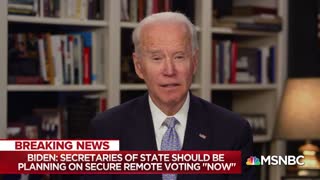 2:45
2:45
BPR
4 years agoJoe Biden on what November elections could look like
5.19K -
 28:07
28:07
KMGH
4 years agoDenver mayor outlines what restrictions could look like if stay-at-home order lifted
10 -
 1:45
1:45
WKBW
4 years agoA glimpse of what the North Aud Block could look like
15 -
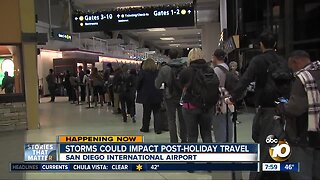 2:06
2:06
KGTV
4 years agoStorms could impact post-holiday travel
36 -
 1:30
1:30
WSYM
5 years agoHere's what a national emergency could look like
22 -
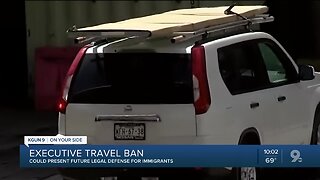 2:02
2:02
KGUN
4 years agoTravel ban could present future legal defense for immigrants
27 -
 2:25
2:25
KNXV
4 years agoIncoming storms could impact travel
21 -
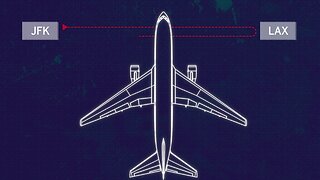 3:59
3:59
Newsy
4 years agoThe Work From Home Wave Could Reshape Airline Travel
905 -
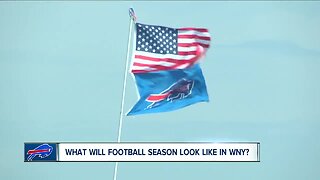 2:33
2:33
WKBW
4 years agoWhat will football season look like in WNY?
286